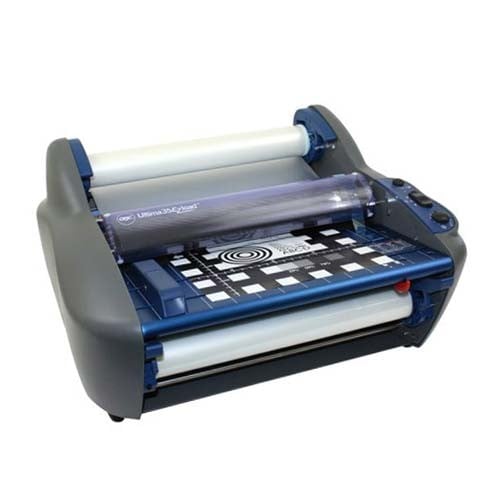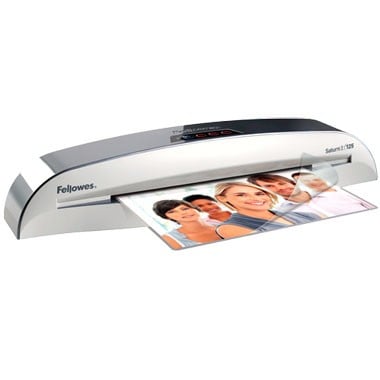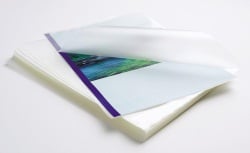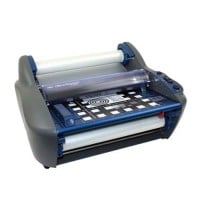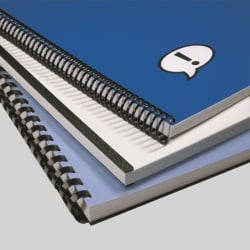MyBinding Knowledge Base
- Binding (248 Article)
- General Binding (42)
- Plastic Comb Binding (57)
- Fastback Binding (59)
- Perfect Binding (2)
- Modular Punching (8)
- Zipbind (3)
- Twin Loop Wire (13)
- Coil Binding (22)
- Thermal Binding (14)
- Strip Binding (1)
- VeloBind (4)
- Binding Covers (14)
- Proclick Binding (10)
- SureBind (4)
- Screw Post (2)
- Hole Punches (2)
- Staplers (4)
- Komtrak Insprial Binding (2)
- Paper (1)
- Rhin-O-Tuff (5)
- Binding Machines Comparison (17)
- Laminating (109 Article)
- General Laminating (26)
- Roll Lamination (16)
- Pouch Lamination (36)
- Pouch Board Laminator (3)
- School Laminator (3)
- Foil Laminating (3)
- Royal Sovereign Laminators (10)
- Laminators Comparison (3)
- Boards (11 Article)
- Bulletin Boards (3)
- Whiteboards (5)
- Chalkboards (1)
- Paper Shredders (44 Article)
- General Shredding (35)
- Industrial Shredders (1)
- Cross-Cut Shredders (2)
- Cardboard Shredders (1)
- Multimedia Shredders (1)
- Personal Shredders (1)
- High Security Shredders (2)
- Ring Binders (9 Article)
- Specialty Binders (2)
- Reinforced Paper (1)
- Health Care Punched Paper (1)
- Perforated Paper (2)
- View Binders (1)
- Index Tabs (9 Article)
- Index Tab Dividers (2)
- Copier Tabs (4)
- Pocket Folders (1)
- Custom Index Tabs (1)
- Pre-Printed Index Tabs (1)
- Paper Handling (37 Article)
- Paper Folders (9)
- Paper Joggers (2)
- Guillotine Cutters (4)
- Rotary Trimmer (3)
- Electronic Paper Cutters (1)
- Corner Rounders (2)
- Paper Scoring (2)
- Paper Drill (2)
- Booklet Makers (3)
- Stack Cutters (1)
- Paper Handling Equipment Comparison (5)
- ID Accessories (12 Article)
- Badge Holder (1)
- Lanyards (8)
- Badge Reels (1)
receive
$5off
*On order $25 or more.
Comparing Pouch Laminators – Fellowes Vs GBC
Until you find yourself in the market for a laminator, you may not realize all of the options and features that are available in laminating systems. There are many differences in the capabilities of pouch laminators that are available for use in your office.
This article will discuss some of the differences between pouch laminating equipment from two of the largest manufacturers of laminating equipment: Fellowes and GBC. These are both trusted names in the document protection industry, and there is good reason for that. Both of these companies are well known for building reliable binding and laminating equipment. However, there are subtle differences in the capabilities and features of their machines. This article we discuss the relative merits of some of the Fellowes and GBC pouch laminating equipment.
First, let’s compare the Fellowes Jupiter JL 125 and the GBC H425. When it comes to entry width, The Jupiter allows for 12.5 inches, while the GBC is 13 inches. This is a minor difference that will rarely come into play, but it is something to consider. Both machines feature four rollers which make the laminating process easier and reduces bubbles or imperfections in the finished laminate.
The Jupiter heats up and is ready to use in four minutes; the GBC H425 takes five. Again, not a huge difference, but the Fellowes machine will allow you to save a little time. Still there are two other differences that are worth noting:
1. The Jupiter features Fellowes’ patented HeatGuard Technology, a safety measure that ensures that the machine is always cool to the touch. This is an important feature. Laminating machines can get rather hot and inexperienced users may burn their hands if they don’t know to be careful.
2. The Fellowes warranty is two years. The GBC warranty is just one year. Both offer excellent warranty service and are easy to deal with in the unlikely event that the machine needs repair or replacement.
The next two machines we will take a look at are Fellowes Venus VL 125, and the GBC H435. They are also two very similar machines with slight variations in their features. The heat up times are the same as the machines we discussed above, as are the number of rollers. Again, the Fellowes Venus VL-125 features the HeatGuard technology while the GBC has no such safety feature.
The GBC H435 does laminate at a slightly faster speed, 22 inches per minute as compared to the Venus’ 19 inches. Again, as above, with very similar features and capabilities, the Venus lists for around $50 less than the GBC. It also features the HeatGuard, and comes with a 2-year warranty. The Venus is compatible with thicker laminating pouches and can be used with pouches that are 3mil-10mil thick while the GBC H435 can only be used with pouches that are between 3mil-7mil thick.The last two machines we will discuss are the big guns: The Fellowes SPL 125 and the GBC H600 Pro.
In this case, the SPL 125′s heat up time is the clear winner at three minutes vs. the H600′s nine. The SPL also laminates at a faster speed at 35 inches per minute verses 31 for the GBC. However, the real surprising difference in these very similar machines, is the price. The SPL 125 lists at $699.95 while the H600 comes in at $1,876. Clearly the winner here is the SPL 125, especially when you consider that this machine comes with a two-year warranty as opposed to the one year warranty .
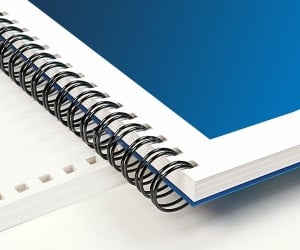
< Over the years, a number of customers have asked me whether they can use twin loop wire with their plastic comb binding machine. These customers often don’t want to have to buy a brand new machine but like the look and feel of twin loop wire binding. However, the answer to their question isn’t as simple as it seems. You see, they actually do make twin loop wire that is designed to work with the plastic comb binding hole pattern. With that said, if you want to use these wires you are going to need a way to close the wires. What is Spiral-O Wire? Let me explain a little bit more…There is a product that we carry called Spiral-O Wire. This wire has 19 loops and is designed to work with the hole pattern from a plastic comb binding machine. Spiral-O Wire is sometimes called Wire Combs or Ibico Wire and was originally designed for use with some of the older Ibico binding machines. A number of the older Ibico plastic comb binding machines also included a twin loop wire closer on the front of them to allow users to use both plastic combs and wire. This 19 loop wire was designed for this purpose. What Equipment is Needed? As the Ibico brand has been phased out by GBC and all of the older Ibico plastic binding machines have been replaced with new models, they no longer have the twin loop wire closer on the front of them. This presents a problem in trying to use these spiral-o wires since you can’t use the wires without a way to close them. One of the only options left is to purchase a Twin Loop wire closer. However, since twin loop wire closers are not incredibly cheap this option usually only appeals to users who have larger electric plastic comb binding machines. Otherwise, it is often advisable to simply buy a low end 3:1 pitch twin loop wire binding machine (the supplies are cheaper). This being said, if you have one of the older Ibico binding machines that has a wire closer included you are in luck. The Spiral-O binding supplies that we carry will work perfectly with your machine and you will be able to use both plastic combs and wire depending on your needs. These Spiral-O binding supplies are available in Black, Silver, White, Blue and Red and in sizes up to 1″ in diameter. If you aren’t sure what type of wire binding supplies that you need to work with your machine simply give us a call. Our trained sales representatives will be glad to help you find the correct supplies for use with your machine.(Read More)
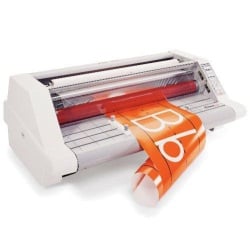

Loading...


